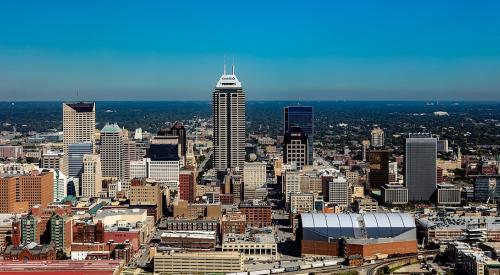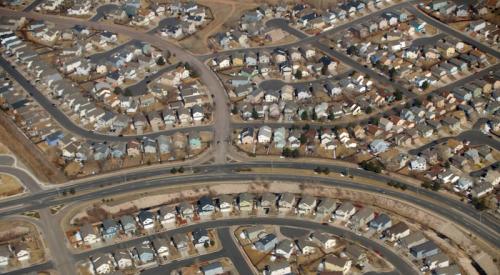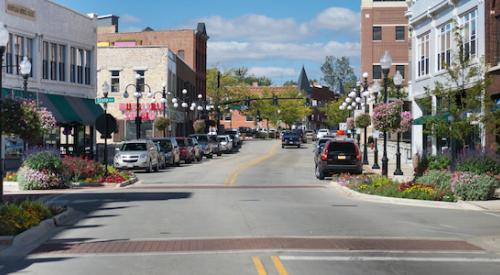Last week, headlines were made when the Urban Land Institute and RCLCO released “Housing in the evolving American suburb.” The report indicated that the suburbs of the 50 largest metro areas in the U.S. accounted for 91 percent of population growth over the past 15 years. It also said that suburbs were attracting younger residents, stripping cities of population growth, and becoming more diverse.
Joe Cortright of Curbed is skeptical about that report and an article on the data by the Wall Street Journal.
Cortright writes that the report poorly defines what is urban and what is suburban. For example, Milwaukee is deemed to be more urban than Chicago. He says that the diversity aspect of the report is way overblown. As a whole suburbs may be diverse, but the shares of non-Hispanic whites varies greatly depending on the suburb. Also, the report, which covers 15 years, doesn’t factor in the housing bubble. Cortright found that more young adults live near city centers than they did in 1990.
The three principal claims in the Wall Street Journal article, that suburbs are growing faster than cities, that they are “outstripping” them in the growth of young residents, and that they are more diverse, are all incorrect. Cities have grown faster than suburbs in the 2010-2015 period; close-in urban neighborhoods have attracted a disproportionate share of young adults, and cities remain more diverse, in the aggregate, than suburbs.













